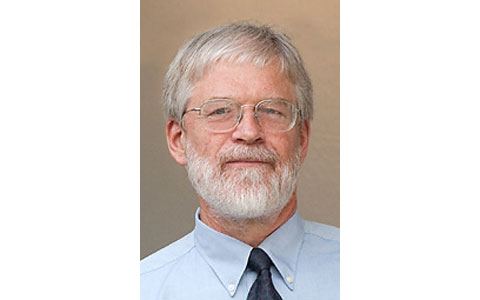
El Dr. Antonio Piñero entrevista al Dr. David N. Krag
Prof. David N. Krag is pioneer in sentinel node biopsy in breast cancer. He and his team published the description of isotopic technique and he leaded the protocol NSABP-B32 that validates the clinical practice to avoid lymphadenectomy in those cases with negative sentinel nodes.
Prof. Krag, currently, do you consider sentinel node biopsy could be avoid in some cases of invasive breast cancer – besides positive nodes, of course?
This is a very interesting question. There are multiple options to evaluate the status of lymph nodes prior to SN surgery. For example, ultrasound can identify nodes that are suspicious and cells can be sampled by FNA or core biopsy. This lowers the percentage of cases that will be positive by SN biopsy. Based on pre-surgery evaluations we may get to a point where the incidence of pathologically positive SNs is so low that we could eliminate this procedure. For now I consider this an interesting experimental question.
In your opinion, which is the best method to study the sentinel node from a pathological point of view and the best one to detect the sentinel node intraoperatively?
A few reports describe extensive pathological studies of the SNs. The more detailed and extensive the evaluation, the more cancer cells will be found. However, it appears that below 2 millimeters there is little difference in survival between cases with sub-millimeter metastases and those cases with no cancer cells at all.
No surprise, I am quite used to detecting SNs using radiotracer method. There are many options that report very good results. The magnetic tracer data from your country (Spain) is a very good example of methods other than radiotracer that have a high detection rate.
Do you think there is a role for non-isotopic methods to detect the sentinel node in breast cancer?
Absolutely!
Besides sentinel lymph node biopsy, which other research field in breast cancer are you interested currently?
The SN technology has opened up a new door to work with important immune cells. The cells in a SN are the first ones to respond to a cancer. My lab is working on using the immune cells obtained from SNs to develop new therapies for cancer.
My other current interest also evolved from the experience with SNs. I have had the unique opportunity to participate in a newly developed treatment from the start. I was trying from the beginning to read all of the newly published literature on SNs. Quickly there were more than 500 articles and then more than 1000! It was very difficult to manage this amount of information. I became very concerned that I could not know all of this. Not knowing this information meant that there would be knowledge gaps and my teaching of colleagues and students would be incomplete. I led a team of software engineers, library scientists, and software engineers to develop a browser-based system to help me manage published information. This led to a remarkable system that can greatly speed up how we manage our own reading and how we teach. I started a company to make sure that this system could be disseminated world-wide. This system is now ready for multiple applications.
| Dr. Antonio Piñero Especialista en Cirugía. Unidad de Mama del Hospital Clínico Universitario “Virgen de la Arrixaca” de Murcia. Presidente 2º Congreso Español de la Mama Vicepresidente de SESPM Director del Grupo de Estudios Senologicos (GES) |
Dr. David N. Krag SD Ireland Professor of Surgery Division of Surgical Oncology Department of Surgery College of Medicine University of Vermont |
